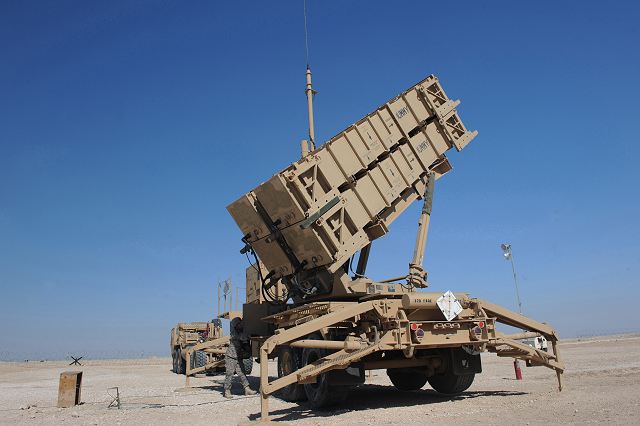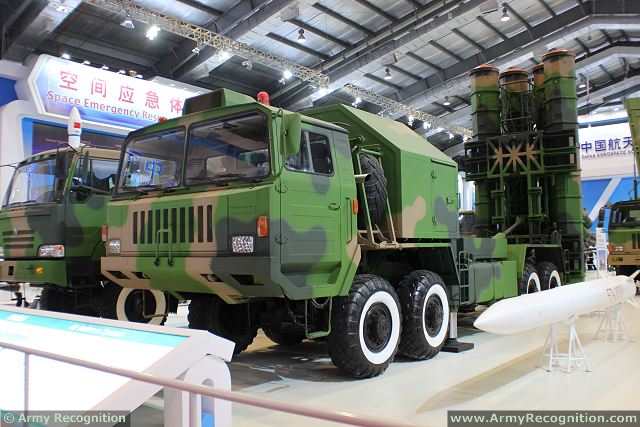Breaking news
Turkey agrees new extension in air defense program to counter Chinese FD-2000 system offer 2512141.
| a | |||
Defence & Security News - Turkey |
|||
| Thursday, December 25, 2014 11:52 AM | |||
| Turkey agrees new extension in air defense program to counter Chinese FD-2000 system offer. | |||
|
Turkey has urged bidders in a multibillion dollar contract for the construction
of its first long-range air and anti-missile defense system under the
program name of T-LORAMIDS to agree on a sixth extension of the deadline
to renew offers, said the Turkish Defense Minister Ismet Yilmaz on December
21, 2014. |
|||
"We
have requested a new extension from the second and third best bidders,"
Yilmaz told reporters. "We have asked them to agree on a new extension
of the deadline." |
|||
The
SAMP/T also called MAMBA in the French army is a
theatre antimissile system designed to protect the battlefield and sensitive
tactical sites (such as airports and sea ports) against all current and
future airborne threats, including cruise missiles, manned and unmanned
aircraft and tactical ballistic missiles in the 600 km range class. The
SAMP/T is produced by Eurosam, a 50:50 joint venture between MBDA and
Thales. Its key components are the Aster 30 interceptor and Arabel multi-function
radar. The SAMP/T uses Aster 30 block 1 missiles which are equipped with a modified seeker, fuse, signal processing and a directional blast warhead where larger warhead fragments are directed towards the target. Aster 30 has the capability to intercept targets at altitudes from 50 m to 20 km. against aircraft targets flying at altitudes above 3 km, the maximum range of the Aster 30 is 100 km. At aircraft targets with altitudes below 3 km, the range of Aster 30 is 50 km. |
|||
 U.S. Army Army Spc. Timothy Jones, Bravo Battery 1-43 ADA Patriot Launch Station operator/maintainer, rotates a launching station to ensure no faults during a missile reload certification event at a non-disclosed Southwest Asia location, Feb. 8. |
|||
Patriot
MIM-104 is a long-range, all-altitude, all-weather air defence
missile system which was designed to counter tactical ballistic missiles,
cruise missiles and advanced aircraft. Patriot is produced by American
companies Raytheon, Lockheed Martin Missiles and Fire Control. The range of the missile is 70 km and maximum altitude is greater than 24 km. The MIM-104C PAC-2 missile was the first Patriot missile that was optimized for ballistic missile engagements. The Patriot advanced capability PAC-3 missile has increased effectiveness against tactical ballistic and cruise missiles, through the use of advanced hit-to-kill technology. |
|||




























